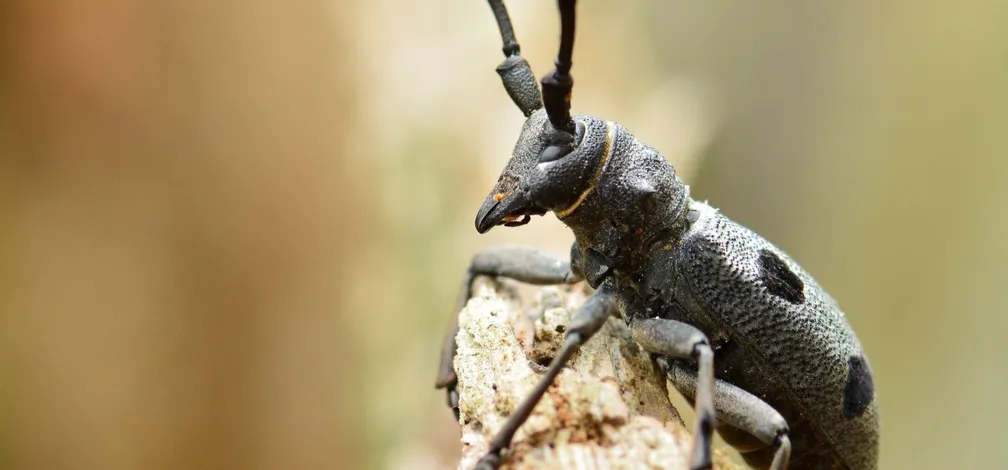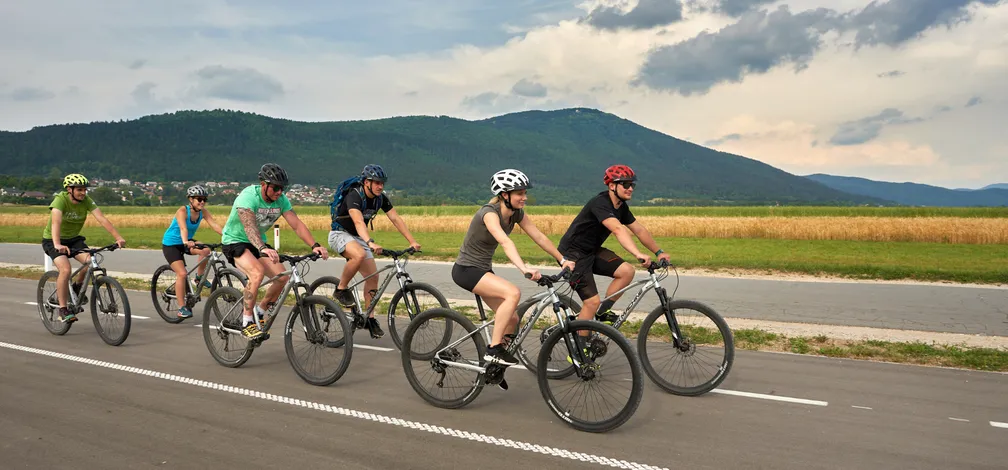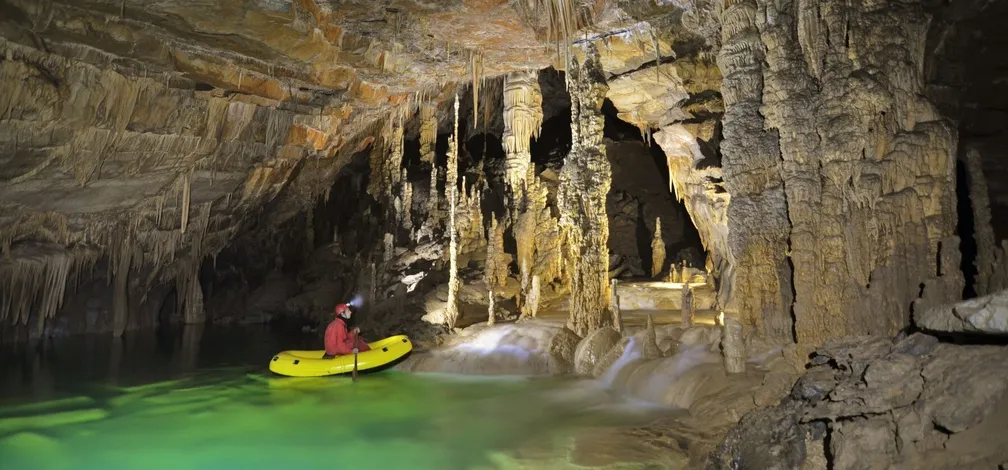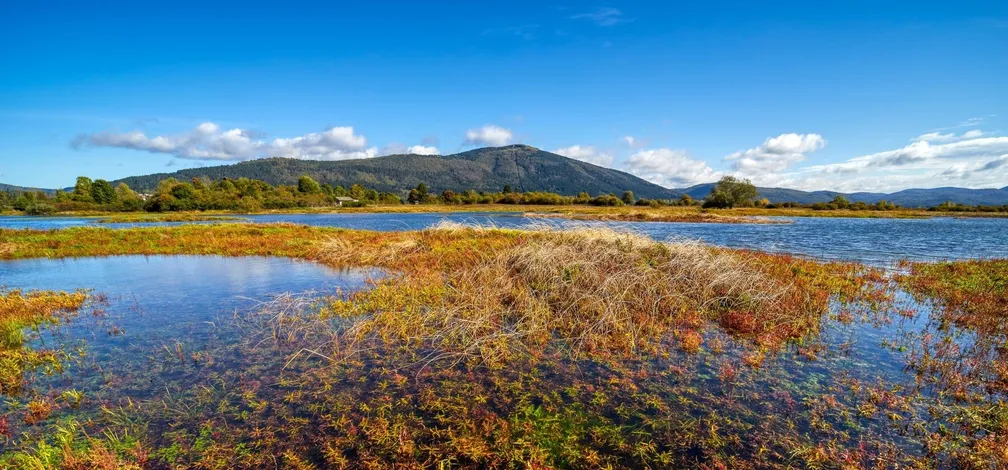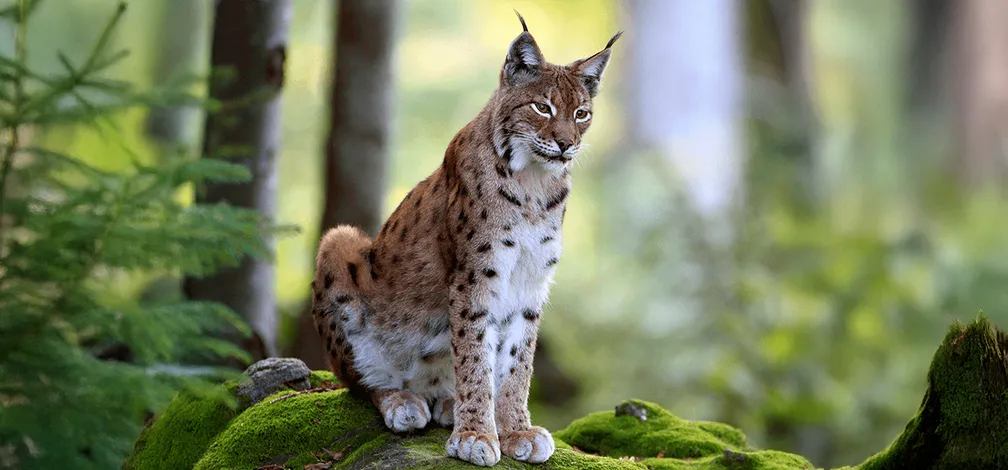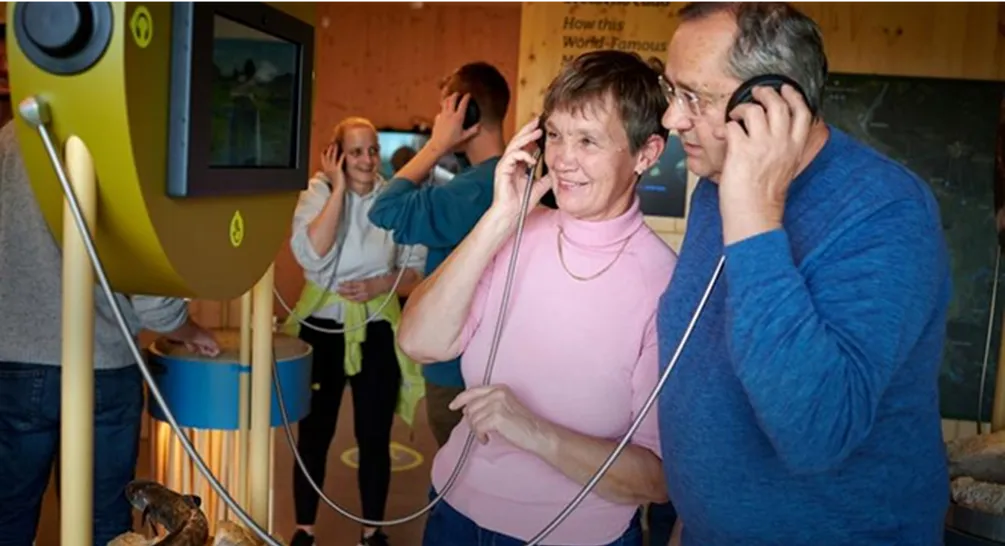
Taking a break in the shades of century-old oak trees, enjoying the view of the splendid Big Natural Bridge (Veliki naravni most), travelling back in time at the ruins of the church of St. Cantianus, breathing in the fresh cave air under the slender arch of the Little Natural Bridge (Mali naravni most), or strolling along the soft and maintained trail by the tall-grown firs is an unforgettable experience over and over again...
Here on an afternoon stroll we witness geological processes that have lasted millions of years, which shaped this karst valley. Therefore the nomination of Rakov Škocjan for inclusion on the UNESCO World Heritage List is not surprising at all.
Rakov Škocjan is a karst valley at the northern slopes of the Javorniki hills, formed by subsidence and collapse of the ceiling of a karst cave. This is evidenced by the 42 m-high Small Natural Bridge, the 37 m-high Big Natural Bridge, and the gorges behind them.
At the flat clayey bottom meanders the Rak stream, surrounded by cleared woodlands and flood meadows. The Rak is fed by underground waters discharging from the Cerknica plain and from beneath the Javorniki hills. This small river surfaces from the Zelška Caves in the eastern part of the valley and disappears in the Tkalca Cave in the west.
Together with Lake Cerknica and the Križna cave, the Rakov Škocjan valley has been designated as a wetland of international importance – Ramsar Site. The valley was also the first Slovenian regional park, established as early as 1949. As it is appropriate for such a natural sight, the valley also features an education trail.



